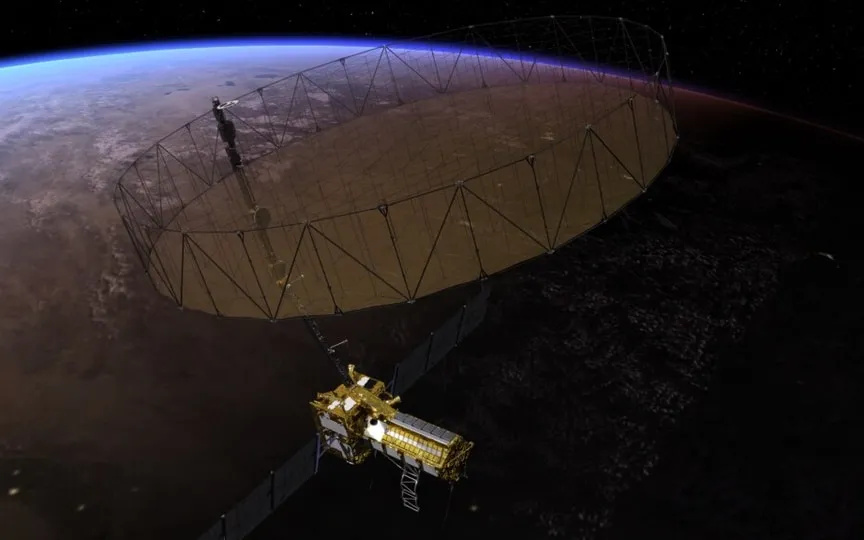Launch delay for ISRO’s Nisar mission as crucial component sent back to NASA for thermal precautions
The NISAR mission, a collaboration between NASA and ISRO, has faced a setback, causing a delay in its launch schedule. The mission, which was highly anticipated, is now aiming for a late April launch date.
The Earth observation satellite to be launched from the Satish Dhawan Space Center on India’s southeast coast is in the final stages of preparations.
A key aspect of mission readiness is the application of a special coating to the satellite’s 39-foot (12-meter) diameter radar antenna reflector. This important contribution by NASA is a component that requires a coating to protect against potential temperature fluctuations that could interfere with its performance in space.
Recent evaluations by ISRO have indicated potential temperature issues during the storage phase of the reflector, necessitating this additional precaution.
International cooperation in working life
The main goal of the Nisar mission is to transform our understanding of changes in the Earth’s surface by using microwave signals to map nearly all terrestrial and glacial regions worldwide every 12 days. This frequent high-resolution monitoring promises valuable information on phenomena such as glacier movements, forest dynamics, and natural disasters such as earthquakes and volcanic activity.
To meet the heat challenges, a special coating designed to mitigate the effects of solar radiation and limit temperature rise is currently being treated at a specialized facility in California. This complex process involves transporting the reflector from ISRO’s assembly site in India, highlighting the international cooperation essential to accomplishing this mission.
Once the coating’s effectiveness in controlling thermal conditions is validated, the reflector will be returned to India for integration into the satellite, marking a crucial milestone ahead of the expected launch.
Nisar marks the first hardware collaboration between NASA and ISRO in Earth observation missions. By combining L-band and S-band synthetic aperture radars, Nisar promises unparalleled insight into the dynamic nature of Earth’s surfaces, ranging from monitoring glaciers to monitoring wetlands and forests to comprehensive observation of land adjacent to key geological landmarks.




